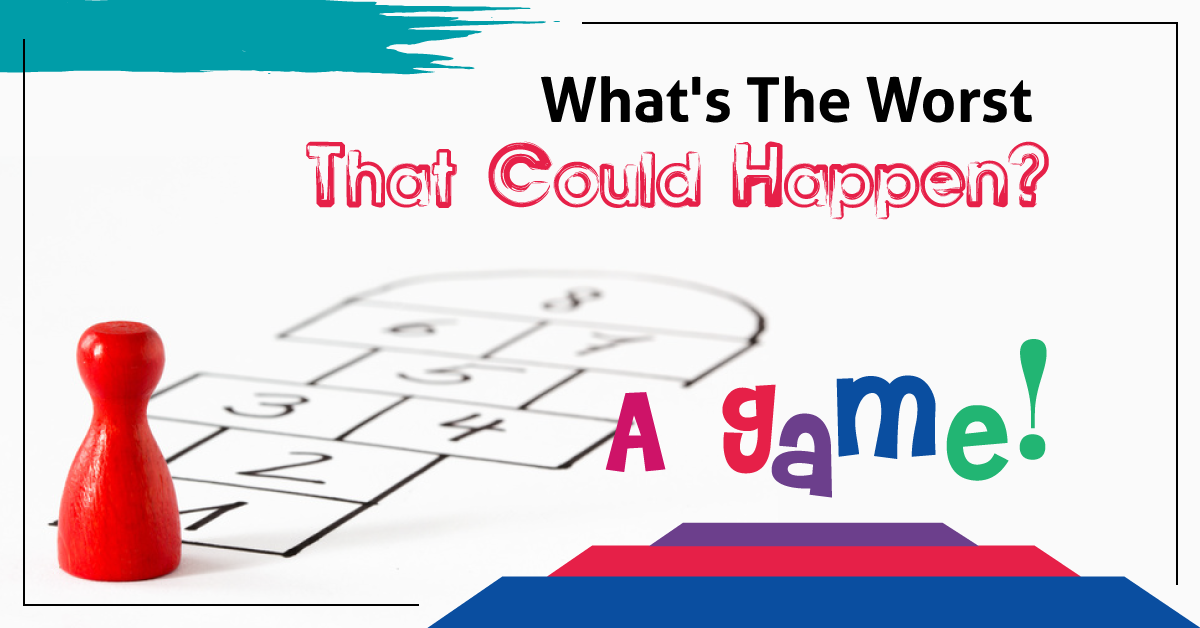Brainstorming as a Group: Add Three
Here is a brainstorming exercise that you can use with your students when they have selected a broad topic and are trying to narrow it down or flesh out their ideas. For example, they may have selected a topic for a scene they’re writing together, but they need to delve deeper. The following brainstorming activity, “Add Three,” can be helpful for expanding students’ ideas and helping them to think of creative details. If you are familiar with mind mapping, this activity uses that method of organization. Here’s how to do it:
1. Divide the class into groups of three.
2. Give each group a large piece of paper, or use a mind-mapping computer application (there are lots available for free online, such as Lucidchart, MindMup, or Canva).
Students will write their broad topic in the centre of the page and draw a small circle or rectangle around the word(s).
- If students need help coming up with their first topic, have them go back and try this brainstorming activity first.
3. From the centre circle, students will draw six lines out (three on each side). On the left, the lines will lead to WHO, WHAT, and WHERE. On the right, the lines will lead to WHEN, WHY, and HOW. Draw a circle around each word.
4. From each point, add three new details. For example:
- For the WHO section, students might list three new characters.
- For WHAT, they might list three problems or plot points that occur during the scene.
- For WHERE, they might list three different locations that the character references, or that they travel to during the scene.
- For WHEN, they might list three different options for when the show could take place.
- The categories WHY and HOW are a bit broader. Why does the character make the choices they do? Why do certain things happen in the scene? Why should the scene be performed in rhyme rather than tableau? How does the scene start or end? How do various problems occur or get solved? How should a character move, think, speak? How should the scene be presented – mime, radio play, as a comedy?
These details can be listed underneath each topic circle, or students can add more lines and circles going out (your mind map will start to look like a satellite!). As with most brainstorming exercises, this is not the time to edit or eliminate ideas. Write them down as they come. Editing can come later.
5. From there, students can add on three more precise details to as many of the previous details as they can. For example, for each of the three characters listed in the WHO section, students can list three personality traits, or three details as to the character’s objective. If students brainstormed different methods of presenting their scene in the HOW section, they can include details as to WHY each method would be the most effective.
Students are challenged to focus on three details each time because it’s a less intimidating number to try to brainstorm for, and it challenges students to look beyond yes-or-no and this-or-that answers. For example, for WHEN, students can’t just write “night” and “day” as their options – they have to be a bit more specific. Of course, students are welcome to include more than three details for each section, but the minimum is three.
6. Once the groups’ page is starting to get full, students should stop and take a break. (This doesn’t mean students should just write in big letters to try and fill up the page more quickly!)
7. After a set amount of time (perhaps even at the following class), have students re-visit their mind maps and see if there are any connections that can be made between the details they listed. Using a differently coloured pen or pencil, join those connections with a line. As well, if students want to add more details to any of the points or already know that they wish to eliminate or alter a detail, have them cross it out with a small X (don’t erase, and keep the cross-out small so they can still see what was changed) and write the amendment near the previous detail. I like to switch the colours each time I take a new pass at my mind map so I can see how my ideas have grown and evolved.
The “Add Three” exercise helps students to keep those options focused rather than haphazard. Your students have created lots of options about where they can take their ideas. Now they can delve into their first drafts!



